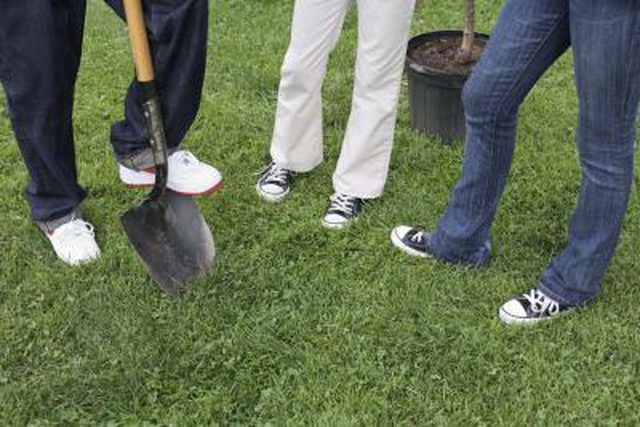Bulbs
Flower Basics
Flower Beds & Specialty Gardens
Flower Garden
Garden Furniture
Garden Gnomes
Garden Seeds
Garden Sheds
Garden Statues
Garden Tools & Supplies
Gardening Basics
Green & Organic
Groundcovers & Vines
Growing Annuals
Growing Basil
Growing Beans
Growing Berries
Growing Blueberries
Growing Cactus
Growing Corn
Growing Cotton
Growing Edibles
Growing Flowers
Growing Garlic
Growing Grapes
Growing Grass
Growing Herbs
Growing Jasmine
Growing Mint
Growing Mushrooms
Orchids
Growing Peanuts
Growing Perennials
Growing Plants
Growing Rosemary
Growing Roses
Growing Strawberries
Growing Sunflowers
Growing Thyme
Growing Tomatoes
Growing Tulips
Growing Vegetables
Herb Basics
Herb Garden
Indoor Growing
Landscaping Basics
Landscaping Patios
Landscaping Plants
Landscaping Shrubs
Landscaping Trees
Landscaping Walks & Pathways
Lawn Basics
Lawn Maintenance
Lawn Mowers
Lawn Ornaments
Lawn Planting
Lawn Tools
Outdoor Growing
Overall Landscape Planning
Pests, Weeds & Problems
Plant Basics
Rock Garden
Rose Garden
Shrubs
Soil
Specialty Gardens
Trees
Vegetable Garden
Yard Maintenance
How to Plant & Care for Red Tip Photinia
How to Plant & Care for Red Tip Photinia. Red tip photinia is a fast-growing evergreen shrub that can reach a height and width in excess of 12 feet. New growth displays on the shrub with red leaves for two to four weeks before the leaves turn deep green. Creamy-white blooms appear in mid-spring. Red tip photinia grows dense, making it suitable as a...

Red tip photinia is a fast-growing evergreen shrub that can reach a height and width in excess of 12 feet. New growth displays on the shrub with red leaves for two to four weeks before the leaves turn deep green. Creamy-white blooms appear in mid-spring. Red tip photinia grows dense, making it suitable as a privacy hedge and wind block. Red tip photinia is hardy in Southern states that are in zones 8 to 9 of the United States Department of Agriculture plant-hardiness zone map.
Things You'll Need
Shovel
Organic matter (optional)
Hedge clippers
Planting
Choose a full-sun to part-shade, well-drained location to plant red tip photinia. The location should be away from any structure that may block air circulation. Loamy to partial clay soil is optimal. Heavy-clay soil can be amended.
Dig the hole twice as deep and wide as the size of the potted red tip photinia. If you are planting a rooted cutting, dig the hole 12 inches deep and wide. Backfill the hole halfway, amending the soil if desired. Up to 25 percent organic matter can be added to light-clay soil and up to 50 percent organic matter can be added to heavy-clay soil. Organic matter can be compost, leaf mold or a commercial product. If you are planting multiple photinia, dig the holes at least 3 feet apart. Because of their growth potential, plant them 6 to 8 feet apart and allow them to spread.
Remove the potted shrub and place it in the soil. The top of the soil of the potted plant should be at ground level. Add or remove soil from the bottom if needed. If you are planting a rooted cutting, the point where the stem meets the roots should be at ground level.
Finish backfilling the hole.
Water well and then water every seven to 10 days--spring to fall--during the first two years in the ground if there is no rainfall. Water at ground level and do not spray the leaves. This will help avoid fungus growth. Established shrubs should receive sufficient water from rainfall alone except in extremely hot conditions where regular watering should continue.
Care
Prune annually after the blooms have faded. Clip off part or all of the new growth to maintain the desired shape.
Watch for spots forming on the leaves that could indicate a fungus called "leaf spot." To help confine the fungus, remove branches or leaves affected by leaf spot, including those that have fallen to the ground. Apply a fungicide in the spring.
Cut overgrown red tip photinia to the ground in the fall. The shrub will show new growth the following spring.
Tips & Warnings
Use hand pruners to clip some branches inside the shrub to allow better air circulation, which may reduce the chance of leaf-spot fungus.